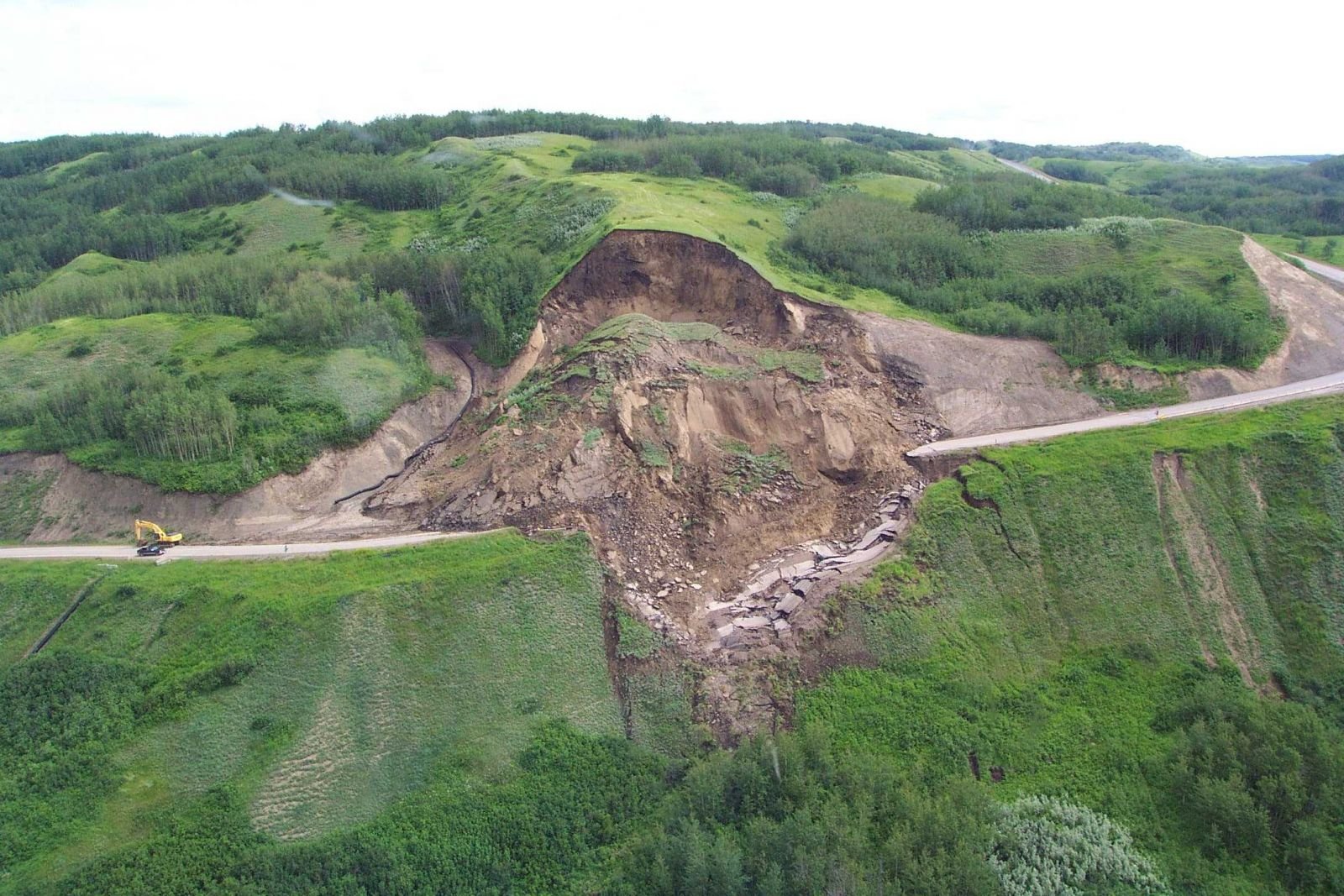A Verdant River Runs Through It
There is a green river which brings balance to the paradise within you.
This green river flows from the liver and is stored in the gallbladder. It brings order to your microbial garden.
Your liver plays a role in this regulation, but it is not alone. Gut microbiota may also influence a hormone called cholecystokinin (CCK). This controls the release of bile and make life more optimum for themselves.
When they start to regulate the bile acid pool for their own selfish needs, the body as a whole loses balance and suffers.
Within Chinese medicine the liver and gallbladder have long been understood to influence gut balance as well as mental and emotional diseases. A relationship known in recent years as the “gut-brain axis.”
When this axis is disturbed it can result in mental and emotional changes from insomnia to severe bipolar disorder and schizophrenia.
To a lesser extent gut dysbiosis affects us all psychologically. It is why internal spiritual practices in Asia included dietary therapies and herbal decoctions for internal cultivation.
The Neijing says the gallbladder holds the position of central rectitude. 胆者,中 正之官
It is the regulating force compared to the storehouses of the spleen and stomach.
“The organs of the body are ultimate yin and connect with the qi of earth. All of these eleven organs rely on gallbladder for their execution.” (Basic Questions — Chapter 9 Discourse on the Sexagenary Cycles and Organ Manifestation)
此至阴之类,通于土气。凡十一脏取决于胆也。(《素问·六节 藏象论》)
The Shang Han Lun also describes this relationship.
伤寒五六日中风,往来寒热,胸胁苦满,默默不欲饮食,心烦喜呕,或胸中烦而不 呕,或渴,或腹中痛,或胁下痞硬,或心下悸,小便不利,或不渴,身有微热,或咳 者,小柴胡汤主之。
“Five or six days after cold damage or wind strike, if there are alternating chills and fever, fullness in the chest and hypochondriac, reticence with no desire for food, vexation, frequent retching, or vexation in the chest with no retching, or thirst, or abdominal pain, or glomus and hardness below the rib-sides, or palpitations below the heart and disinhibited urination, or absence of thirst and slight generalized heat, or coughing, Xiăo Chái Hú Tāng is indicated.”
In this example there is a combination of hot and cold signs. It is a diagnostic grey area. This confusion is because of the relationship between the liver/gallbladder and gut microbiota. It allows for microbial mimicry creating molecular noise. As the gut microbiota begin to take control of various systems with the body, they appear to be broken, yet they are not. This makes obtaining a clear diagnosis and decisive treatment difficult.
Seemingly contradictory signs appear.
For these cases harmonizing formulas such as Xiao chai hu tang help to restore the relationship of gut microbiota to host systems to bring clarity and regain control of eroding health.
We can explore the metaphor between plant life and soil. Plant life controls erosion, but the constitution of the soil and conditions of the sky will influence what may grow.
This metaphor is at the heart of our wind tea. We use Xiao chai hu tang which is a mixture of hot and cold herbs geared towards the liver and gallbladder. It helps restore healthy bile flow. When combined with san ren tang to help remove pathogenic damp and phlegm which may invade the gallbladder and liver causing to falter in their duty.
This formula frees the liver and gallbladder so they can continue to regulate the gut microbiota and the other organs.
Wind tea can bring clarity to muddled and difficult cases as it restores temporary and long term balance to the gut microbiota.
In this way we can elegantly regulate and allow the body to heal itself.
References:
Ridlon JM, Kang DJ, Hylemon PB, Bajaj JS. Bile acids and the gut microbiome. Curr Opin Gastroenterol. 2014 May;30(3):332-8. doi: 10.1097/MOG.0000000000000057. PMID: 24625896; PMCID: PMC4215539.
Ramírez-Pérez, Oscar, et al. "The role of the gut microbiota in bile acid metabolism." Annals of hepatology 16.1 (2018): 21-26.
Staley, Christopher, et al. "Interaction of gut microbiota with bile acid metabolism and its influence on disease states." Applied microbiology and biotechnology 101.1 (2017): 47-64.
Sayin, Sama I., et al. "Gut microbiota regulates bile acid metabolism by reducing the levels of tauro-beta-muricholic acid, a naturally occurring FXR antagonist." Cell metabolism 17.2 (2013): 225-235.
Winston, Jenessa A., and Casey M. Theriot. "Diversification of host bile acids by members of the gut microbiota." Gut microbes 11.2 (2020): 158-171.
Ridlon, Jason M., et al. "Cirrhosis, bile acids and gut microbiota: unraveling a complex relationship." Gut microbes 4.5 (2013): 382-387.
Liu, Guohui. Discussion of cold damage (Shang Han Lun): Commentaries and clinical applications. Singing Dragon, 2015.
Unschuld, Paul U. "Huang Di nei jing su wen." Huang Di Nei Jing Su Wen. University of California Press, 2003.
Verbeure, Wout, et al. "The role of gasotransmitters in gut peptide actions." Frontiers in Pharmacology (2021): 1863.
Pant, Jitendra, et al. "H2S-Releasing Composite: a Gasotransmitter Platform for Potential Biomedical Applications." ACS biomaterials science & engineering 6.4 (2020): 2062-2071.
Pałasz, Artur, Itiana Castro Menezes, and John J. Worthington. "The role of brain gaseous neurotransmitters in anxiety." Pharmacological Reports 73.2 (2021): 357-371.
APA
The gallbladder is represented by yang wood Heaven 甲 Earth 子 . These are the upward moving branches compared to the horizontal or downward moving branches which are yin wood Heaven乙 Earth 丑. It is harder compared to the more flexible image of wood associated with the liver.



